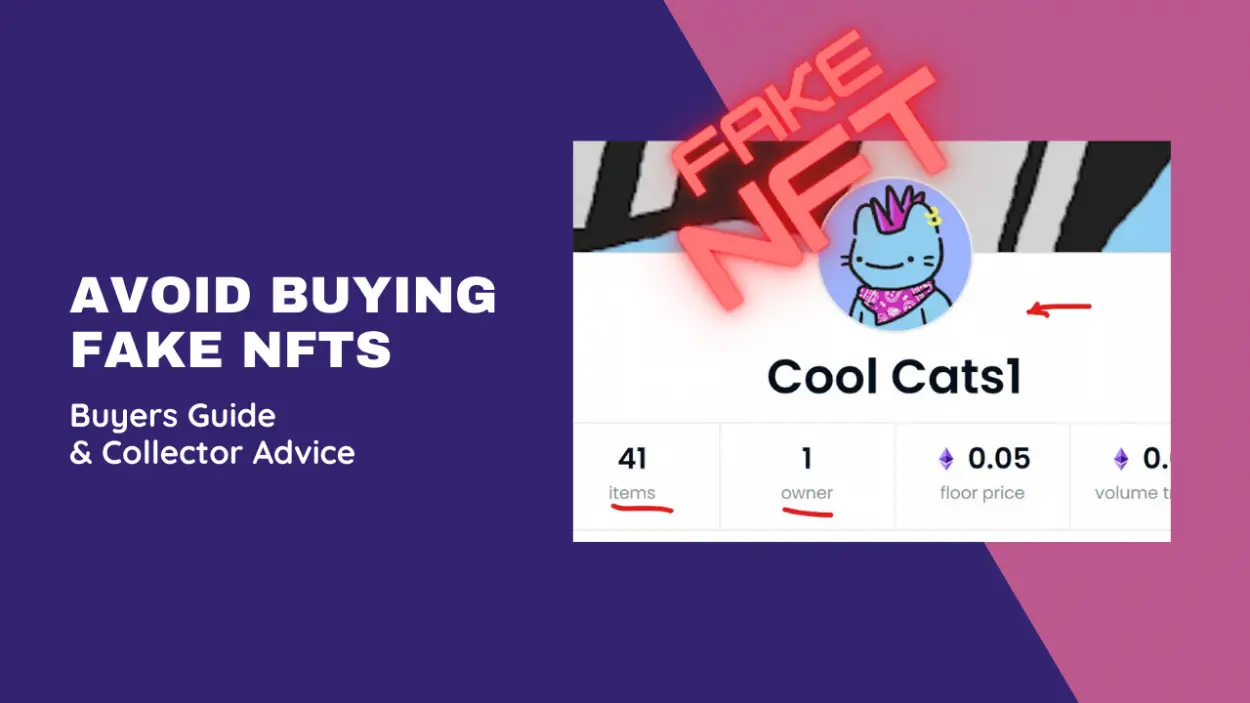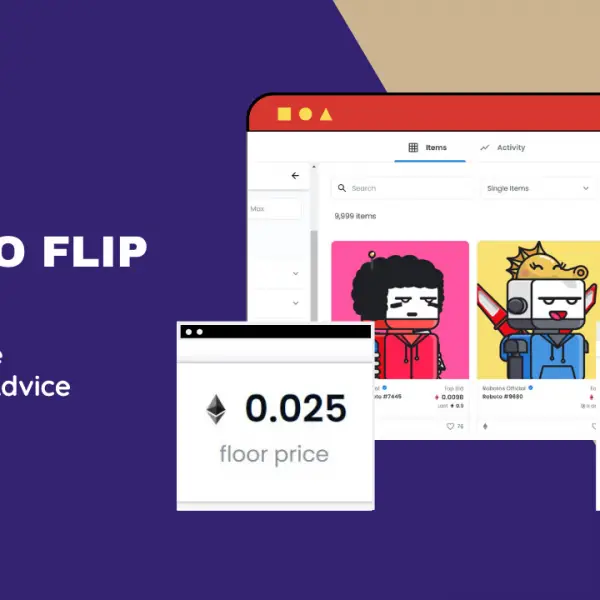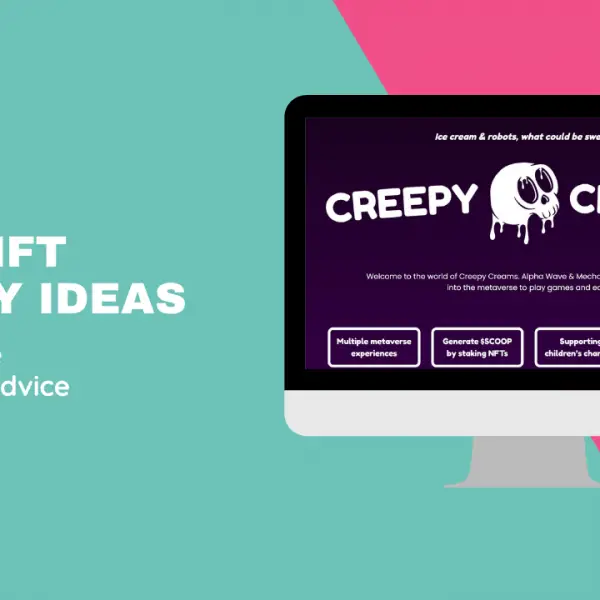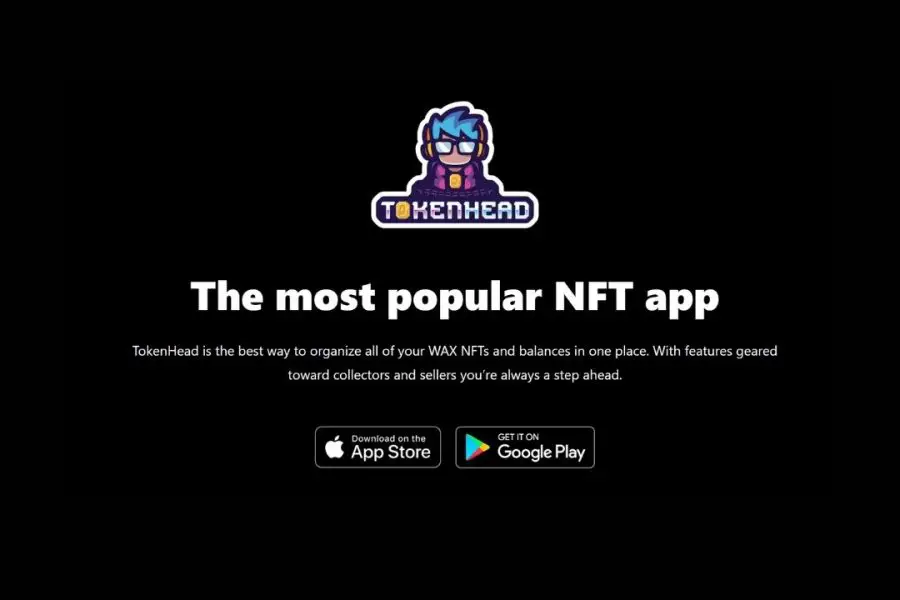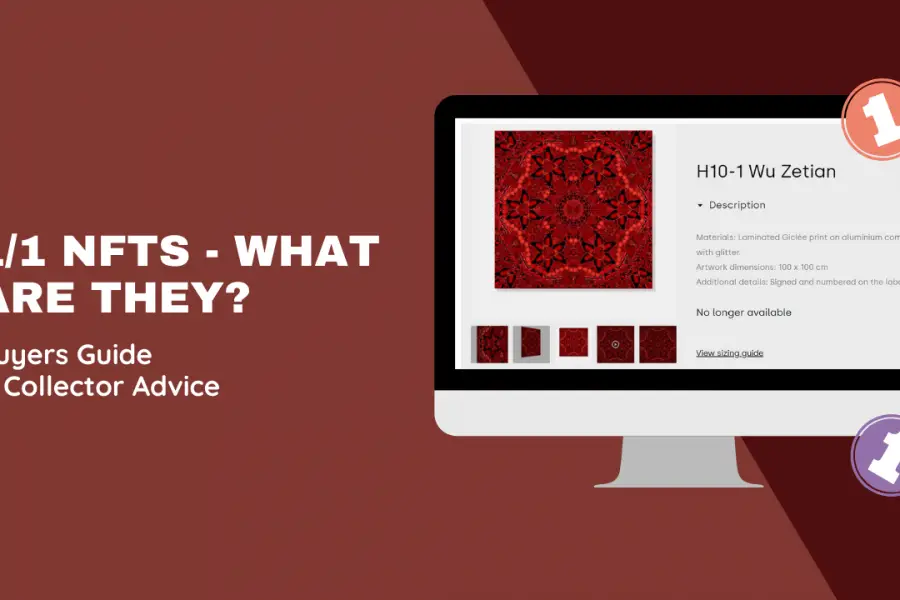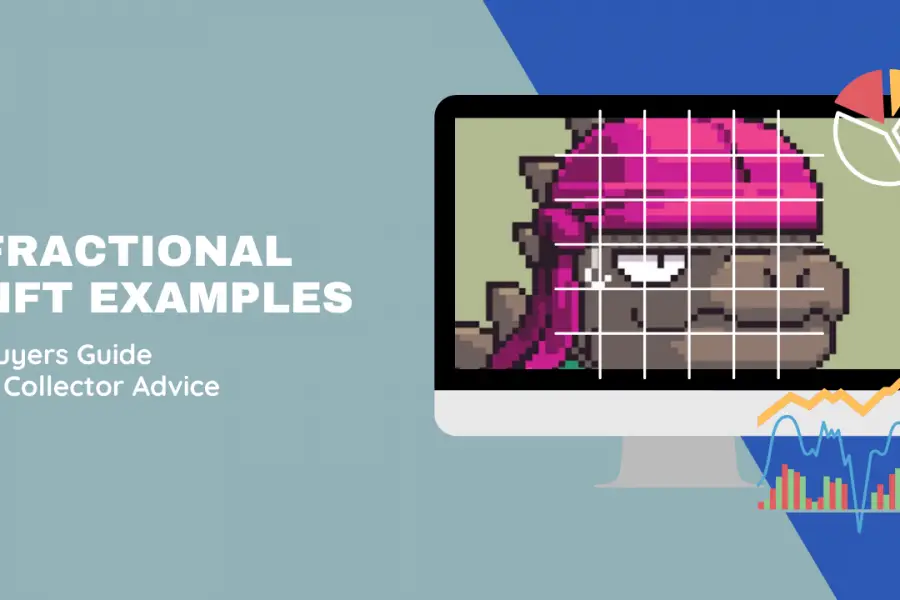To avoid counterfeit NFTs, also called copycats or parody projects, you need to know what potential scams look like and how these hackers behave. Therefore, we analyzed popular nft projects to determine how likely an alternative or fake nft project would exist and what to look for to find them.
This guide will explain the difference between a real nft and a fake nft, how to prevent buying a fake nft and where you could see the highest risks for getting scammed in your collector journey.
Let’s dive in:
You’re at the highest risk during these moments when interacting with nft scammers:
- When purchasing a nft
- During a trade on a secondary marketplace
- Engaging with collectors on social media like Twitter or Discord
For example, don’t answer DMs in Discord. Scammers will send you links or sometimes free nfts directly to your wallet. Avoid engaging with them. In addition, please refrain from trading on other unauthorized marketplaces to prevent cases of fraud, scams, and fake NFTs.
Here are a few more examples:
- NFT Marketplaces (Fake)
- Sellers who are unverified (Fake)
- Projects who are unverified (Fake)
- Impersonation of the Team (Fake)
- Pull The Rug issue – NFT project disappears.
- Sending Fake NFTs to Wallets
How do I know if an NFT project is legit?

To know if a project is legit, you need to go through multiple checks to verify whether it’s real.
Here are five items worth checking for:
- Avoid when the price is much lower than the original floor price.
- No thumbnail in NFT collection profile on Open Sea
- Misspellings in NFT collection profile on Open Sea
- Missing number of items exist in the NFT collection
- Make sure it has at the top left corner the proper name of the NFT collection
Also, this popular Youtuber explains more in this great video that goes in-depth on avoiding art scams on Open Sea and what to look for as a red flag.
Avoid Fake NFT Profile Collections When Searching on Open Sea

We analyzed the most popular nft projects on Open Sea to see how many copycat or alternative and fake projects exist for each.
We wanted to know how likely the chance of a fake nft collection would show up when searching for a popular nft like ‘Bored Apes,’ ‘Cool Cats,’ or ‘Doodles.’
Our analysis calls this ‘Opportunities to be scammed,’ assuming if someone didn’t know these were fakes and bought from them, how many of these alternative or fake nfts exist from a simple search?
After looking into how these searches resulted in a fake NFT collection profile showing up, we got to an answer.
| NFT Project | Fake NFT Profile Collections | Examples of Fake NFTs |
| Bored Ape | 82 | ‘Bored ApeClubs’, ‘Bored Ape_Club’ |
| Crypto Punks | 92 | ‘Crypto Punks”‘, ‘Crypto Punks1’, ‘Crypto Punks.’ |
| Doodles | 84 | ‘Doodles_LLC’, ‘Doodles_nfts’, ‘Doodles LLC’, ‘Doodles All’. |
| World of Women | 69 | ‘WorldOfWomen’, ‘The World of Women’, ‘Free World of Women’, ‘The World of Womens’. |
| Cool Cats | 91 | ‘Cool cats’, ‘Cool Cats.’, ‘Cool Cats*’, ‘Cool cats,’, ‘cool Cats”‘, ‘Cool Cats1’ |
Here are our findings:
On average, popular nft projects have 83 alternative or fake collections on Open Sea without a blue checkmark for verification.
When analyzing the top nft projects, we also found that the more well-known a project is, the higher chances there would be alternatives or fake nft collections associated with it.
Tips for avoiding fake NFT Profile collections
- Do not buy if they have a lower-case letter when they shouldn’t.
- If they have punctuation when they shouldn’t like commas, periods, quote marks at the end, or asterisks, avoid buying from that nft collection.
- When they have a number after the words, avoid buying from them.
Use Our NFT Verification Checklist to Avoid Scams
To avoid getting scammed, we put together a list of questions you should ask yourself before purchasing an NFT on Open Sea or other marketplaces.
1. Is there a Team active on discord or other social media?
If the Team is not active or visible, that’s a sign. Look to see if the nft project has discord and determine how often the Team announces and engages. Are you seeing high numbers on social, but engagement is low?
If a nft project has over 500K followers and only gets 100 to 250 likes per post, there’s something wrong. They should be getting at least 8,000 to 10,000 or 2% to 3% engagement.
Avoid at all costs because they likely bought subscribers or followers. Remember that when you buy an NFT, you are joining because of the surrounding community. Along with other benefits like exclusive access or perks. Here’s a list of 11 Best NFT Communities on Discord For Collectors to see what real engagement looks like on social media.
Scammers won’t have those items in place as they are just in it to get your money and run.
2. Do they have a roadmap?
For a roadmap on their website and see if they have some utility, determine if they are developing items beyond the NFT drops.

3. Are they verified?
Check for ‘blue checks’ on Twitter and the secondary marketplace like Open Sea. Of course, there are cases where they may not be verified yet, which is alright.
However, it’s strongly encouraged to research the project before purchasing the collection.

Also, check how many nfts are a part of the overall collection. For example, ‘Cool Cats1’ only had 41 items when the original Cool Cats project had 9.9K items. Make sure they didn’t copy the collection and post it like the ‘Cool Cats1’ did.
4. Have you checked the contract addresses?
Check contract address in discord and make sure the contract address is the same as the item’s contract address.
5. Are celebrities involved?
Be careful when celebrities are involved.
The average person would think that since a celebrity is a part of the community and the nft project, it’s safe from being a scam. However, that’s not always the case.
There’s a higher likelihood to experience a ‘rug pull,’ which is when a minted nft project website and community go down intentionally.
For example, collectors were scammed of Baby Ballerz by John Wall in this exact way.
He was active in the discord and Twitter, and everything. Then, after minting, the developers just packed up and left.
It’s better to avoid worrying about what nfts the celebrities say they are selling now. Instead, get into a project based on other factors such as volume traded, floor price, and rarity.
6. Is the nft recommendation from a friend or expert?
Avoid buying nfts off of a friend or expert recommendations unless there’s proof.
You’d think having a friend or someone who you’ve met via the internet would be a trustworthy source, and sometimes they are. However, there are many people out there trying to be friends so they can get you to purchase their nfts scams.
Please pay close attention to who’s recommending you NFTs and why they make those recommendations.
Always ask questions and make sure they’ve at least profited something off of a nft flip before letting them tell you what to buy via a group chat.
Of course, there are cases where friends are genuine and give good advice. However, make those decisions for yourself and conclude why you want to get that nft project on your own.
How to Prevent Getting Scammed When Buying NFTs
Only connect your wallet to websites you trust, for example, Open Sea. Avoid, if possible, connecting your wallet to websites you are unfamiliar with and other less well-known marketplaces.
Protect your sensitive details and information by avoiding giving it to anyone.
Marketplaces Look to Prevent Scams in the Future
Scammers are becoming a massive problem for marketplaces and nft collectors, so now there’s a big push to become aware of what to avoid when engaging on a secondary marketplace like Open Sea, Rarible, or others.
Marketplaces are putting features to prevent fake nfts from being sold on their platforms. For example, Sloika Sloika is a curated photo NFT marketplace. Bringing photographers and collectors together, verifying every photographer that’s selling on the marketplace.
Expect a broader trend to emerge where brands rely on marketplaces to provide better guidelines.
If you’ve enjoyed reading this guide on ways to avoid buying fake nfts, you may also like these:
